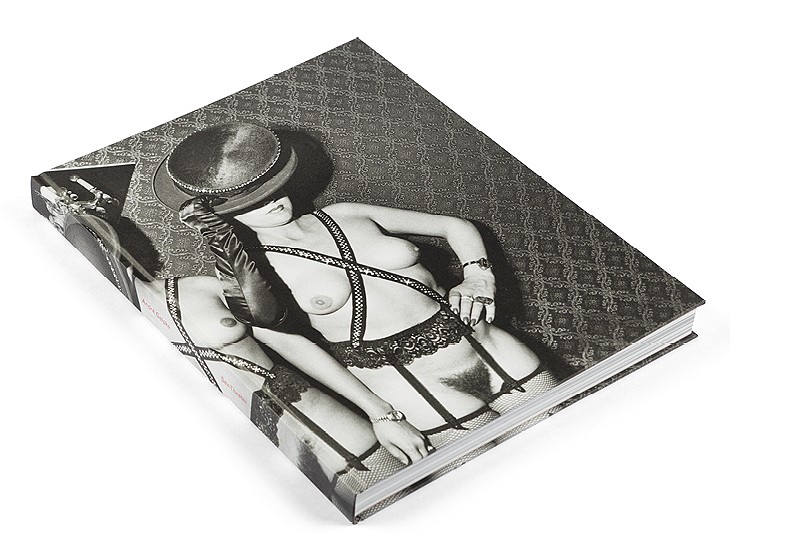This series features interviews with independent photobook publishers. This month’s interview is with the founders of cpress, Christoph Oeschger and Christof Nüssli.
Amok by André Gelpke
Don’t Take Pictures: How would you describe cpress to someone who has never seen your books?
cpress: cpress is a publishing project focused on artist books of (emerging) artist and our (Christof Nüssli, Christoph Oeschger) own projects. cpress is a platform for book works without out compromises. Our books are works of art and therefore can be seen as multiples. cpress books tackle the topics of politics and (pop) culture. They aim to engage and contribute in discussions in the cultural sphere and beyond.
DTP: What series of events led you to start your own publishing house?
CP: While visiting an independent book fair in Zurich we realized that there is a huge amount of visually interesting books but often the books are a bit flat on a content level. We thought about what kind of books we would like to see and how we could achieve our expectations in bringing form and content together. This led (with many detours) to our first cpress publication. It is an collaborative work by the both of us based on the archive of political activist and photographer Miklos Klaus Rozsa. The book was released in 2014 and since then we’re slowly but constantly publishing.
Miklos Klaus Rozsa
DTP: How do you find photographers that you want to work with and how do you determine what might make a good photo book?
CP: Until now we either worked with artists who submitted their project to us or more often with artists we already knew and admired. And three out of seven publications are projects by either Christoph or Christof.
Until now we met a lot of exciting artist and their projects but unfortunately we’re not able to publish all of them because of our limited budget of time and resources. But convinced that a good photo book needs first an interesting concept which is followed through the whole work by the artist and picked up by the designers and editors of the publication. The selection of every detail from the color of the thread to the book format defines the books character.
DTP: Have there been any books that have been particularly rewarding to produce or that you felt a special kinship with?
CP: As we have only published seven books so far, every book is still very special to us. With all of them we have a very specific relationship through the time we spent with the artists collaborating on the production and promotion of the book. But generally we feel very close to the most recent published book. So at the moment it’s Masken by Michael Etzensperger, which was released early this summer.
Masken by Michael Etzensperger
DTP: What are some forthcoming titles are you particularly excited about?
CP: For now we treat those projects as strict cpress secrets but we’re excited about them and can’t wait to share them with the public once they are ready.
DTP: What was one of the most challenging books that you have published and why?
CP: The first book Miklos Klaus Rozsa was exciting and challenging because of it’s volume (624 pages) and the fact that it was our first book. So we did everything from searching through the archive to producing the book and finally do the public relations for the finished book. The book Miklos Klaus Rozsa marks a starting point for us as artists to take the medium of the book as a foundation for further works such as installations or lectures.
For Sex-Theater we had the challenging aim to make a new edition of an already existing photobook classic. Through re-editing the photographs, adding new pictures from his archive, rework the layout completely as well as adding a personal text by André Gelpke we were able to full-fill our goal of making a new artist book rather than an updated reprint.
Sex Theater by André Gelpke
DTP: It seems that an increasing number of photographers, at all stages of their careers, are looking to publish a book. What should photographers think about before they embark on the book process?
CP: We think it is important to have a precise knowledge about what one wants to communicate with the work and then develop a strong visual and substantial concept out of this idea. As a further step the process of editing down the material and sequencing it in regards to your concept is one of most important steps in the process of book making. We often compare the process of editing a book to the one of cutting a movie. It takes a lot of time to work with the already shot material but this involvement can bring the work to a next level.
Visit the cpress website to learn more about their books.








